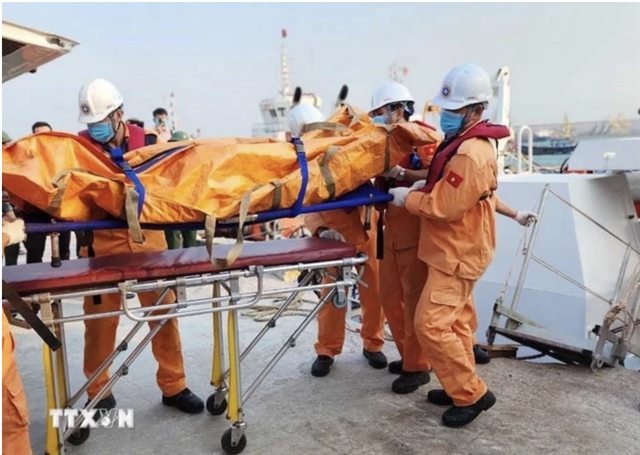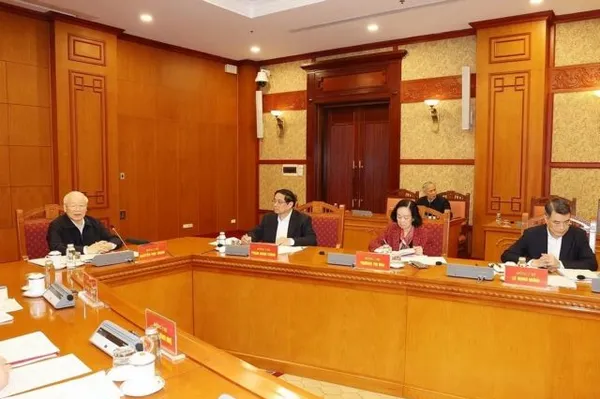 Society
Society

Prime Minister Nguyễn Xuân Phúc has approved a project of replacing unqualified classrooms and upgrading educational equipment to create the best conditions for students.
 |
| Thuý Sơn 2 Primary School in the mountainous district of Ngọc Lặc in Thanh Hoá Province is in severe disrepair. — VNA/VNS Photo Nguyễn Nam |
HÀ NỘI — Prime Minister Nguyễn Xuân Phúc has approved a project to replace crumbling classrooms and upgrading educational equipment to create the best conditions for students.
Aiming at helping schools meet infrastructure criteria in order to implement new national educational curriculum, the project looks to address the classroom oversize in big cities and remove makeshift classrooms in mountainous areas.
Fully-packed classrooms in big cities have forced many primary schools to reduce the teaching time.
Students of Chu Văn An Primary School in Hoàng Liệt Ward, Hoàng Mai District, for example, have to take only four classes per week instead of five because school facilities are unable to accommodate increasing and large number of children.
Phạm Xuân Tiến, deputy director of Hà Nội’s Department of Education said: “The number of primary school students in each class has surged from 60 to 69 in densely-populated districts such as Hoàng Mai, Cầu Giấy, Thanh Xuân. Three children have to share one desk designed for two.”
Meanwhile, the ideal number for each class set by the Ministry of Education and Training is 35 students at primary school, 45 at secondary school.
Professor Nguyễn Minh Thuyết, chief editor of the new curriculum for comprehensive education reform, said ensuring facilities implement new educational curriculum is a necessity but having 60 students in one class is impossible to ensure teaching quality.
According to the Hà Nội’s Department of Education, there is an additional number of 25,000 to 30,000 children sent to kindergarten each year. Meanwhile one or two kindergartens of each commune are currently unable to accommodate these numbers.
In northern mountainous areas located hundreds of kilometres away from Hà Nội, students have to sit in shabby classrooms temporarily made from bamboo.
This year’s rainy season flooded and swept away hundreds of classrooms and equipment of schools in the highlands of central provinces of Thanh Hóa, Nghệ An and northern province of Sơn La.
According to the Ministry of Education and Training, educational facilities and equipment fail to meet demand. As much as 77.1 per cent of classrooms nationwide are classified to have strong structure. About 68 per cent of educational equipment meets teaching requirements.
Lầu Mí Pó, secretary of the Party Committee of Lũng Táo Commune of Hà Giang Province’s Đồng Văn District where solidly-constructed classrooms have been built at 328 schools, said it is hoped that the investment would not end at building classrooms only but also go towards constructing outdoor playgrounds.
According to Phạm Hùng Anh, head of school facilities and equipment department of the Ministry of Education and Training, in 2019, the newly-approved project on improving educational facilities prioritises investment in replacing downgraded classrooms and buying new teaching equipment for primary schools.
Looking towards 2025, more investment will be allocated for other levels.
More than 16,000 new classrooms are expected to be constructed for kindergartens, primary, secondary and high schools nationwide. Under the project, more than 22,000 computers will be sent to schools.
Nearly 50 per cent of the investment will be mobilised from private sector. The remaining will be sourced from the Government bond, State budget on education and fund for 2016-20 national target programme on building new rural areas. — VNS









